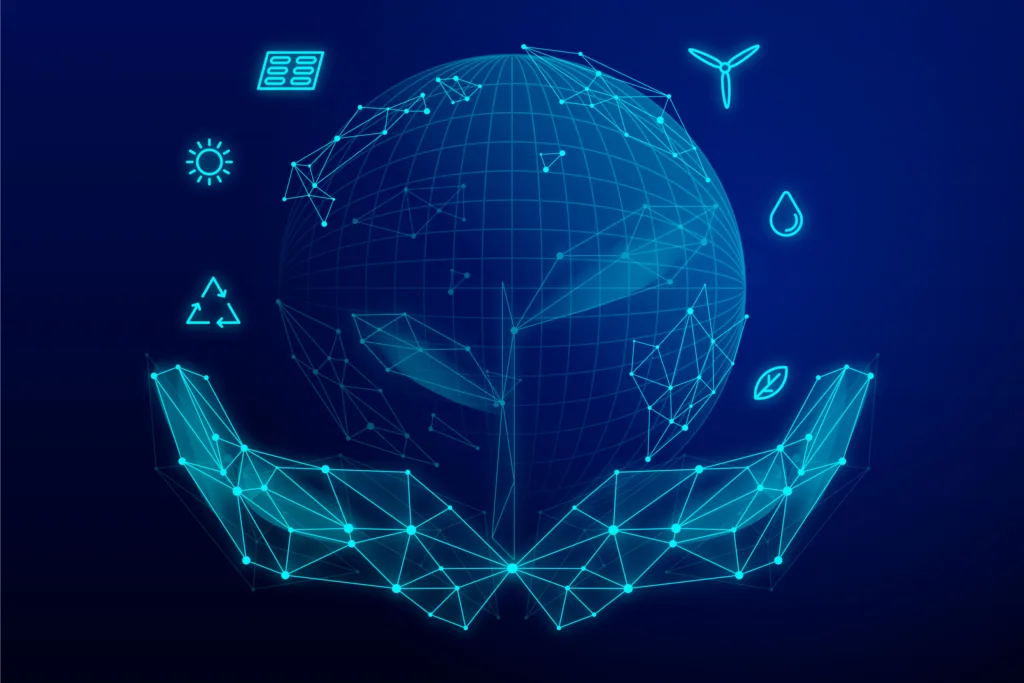When you purchase through links on our site, we may earn an affiliate commission. This doesn’t affect our editorial independence.
Switching digital ecosystems feels overwhelming. Years of photos, documents, passwords, and purchased content seem hopelessly trapped in one company’s services. The reality? Big tech companies deliberately make leaving difficult—they profit from keeping users locked into their platforms forever. This is why you need to know how to transfer your digital life between ecosystems.
But here’s the thing: every digital prison has escape routes. With some planning and the right approach, anyone can break free and transfer their digital life between ecosystems without losing precious data or starting from scratch.
Why People Transfer Their Digital Life Between Ecosystems
Common reasons include growing concerns about data collection, frustration with platform restrictions, desire for more control, and better value elsewhere. Some users simply want to support companies whose values align better with their own beliefs.
The switching process intimidates many users, but ecosystem lock-in isn’t as permanent as it appears. Every major platform now provides data export tools—though finding and using them requires persistence.
Essential Steps to Take
Smart migration starts with inventory. Before moving anything, catalog what actually needs transferring. Most people discover they use far fewer services than they initially thought.
Critical data categories include:
- Photo libraries with years of memories
- Email accounts containing important correspondence
- Contacts and calendar information
- Documents stored in cloud services
- Purchased music, movies, and books
- App data and preferences
- Passwords and security settings
Start with the big stuff first. Photos and documents take longest to transfer, so begin these processes early. Email migration can happen gradually. Less critical items like app preferences can wait until later.
Timing matters tremendously. Avoid rushing the entire process into a single weekend—that’s a recipe for lost data and frustration. Successful migrations typically take 2-3 months when done properly.
Simple Tools to Transfer Your Digital Life Between Ecosystems
Major platforms offer export tools, though they’re often buried in settings menus. Google Takeout handles most Google services. Apple’s Data and Privacy portal exports iCloud content. Facebook’s Download Your Information captures social media data.
Third-party tools fill gaps where official options fall short. SongShift moves music playlists between streaming services. Various apps handle contact list formatting between different platforms. Photo migration tools can batch transfer and organize massive libraries.
Universal cloud storage bridges the gap during transitions. Services like Dropbox, Box, or OneDrive work across multiple ecosystems, providing temporary homes for data while deciding on permanent destinations.
Browser-based tools work surprisingly well for many tasks. Simply downloading files through web interfaces often proves more reliable than dedicated migration software.
Platform-Specific Ways to Transfer Your Digital Life Between Ecosystems
Leaving Apple’s ecosystem requires patience. iCloud data exports through Apple’s privacy portal, though photos lose some organization. iTunes purchases without copy protection can move to new devices. Movies and TV shows remain locked to Apple devices permanently.
Google’s ecosystem provides decent export tools, but the sheer volume of data can overwhelm users. Gmail exports to standard formats most email providers accept. Google Photos loses automatic organization but keeps important metadata intact. Drive files download easily but may need format conversion.
Microsoft services handle exports reasonably well. Outlook email transfers via standard protocols. OneDrive files download through web interfaces. Office documents convert to other formats, though some formatting may change.
Social media platforms vary widely in export quality. Facebook provides comprehensive archives including photos and messages. Twitter exports tweet history but follower connections don’t transfer elsewhere. Instagram requires manual backup methods for most content.
Common Mistakes When You Transfer Your Digital Life Between Ecosystems
Rushing the process causes the most problems. Expecting everything to move perfectly over one weekend leads to frustration and abandoned attempts. Successful migrations happen gradually over months, not days.
Forgetting about subscriptions creates billing headaches. Many users continue paying for services they no longer use while also paying for replacements. Cancel old subscriptions strategically around renewal dates.
Ignoring family accounts complicates everything. Shared photo libraries, family subscriptions, and linked accounts require coordination with other family members before making changes.
Not testing exports before deleting original data leads to panic when files won’t open properly on new platforms. Always verify exports work correctly before removing anything from original sources.
Perfectionism paralysis stops many migrations before they start. Trying to recreate everything exactly as it was in the old ecosystem wastes time and energy. Focus on getting 80% of functionality working, then optimize gradually.
Security Tips to Follow
Password managers become essential during transitions. Platform-independent solutions like Bitwarden or 1Password work across all ecosystems and prevent lockouts during the switching process.
Two-factor authentication settings need updates across all services. This tedious process often gets overlooked until login attempts fail unexpectedly.
Old accounts require proper closure. Simply abandoning accounts creates security risks. Request data deletion where possible, update linked services, and deactivate accounts properly.
Privacy settings start fresh on new platforms. Default settings often share more data than users expect, so review and adjust privacy controls immediately after account creation.
Making Your Transfer Successful
The key to successfully transferring your digital life between ecosystems lies in patience and realistic expectations. Perfect recreation of old workflows isn’t the goal—building better ones is.
Start small with less critical data. Test the process with unimportant files first. Gradually tackle bigger challenges as confidence builds. Keep backups of everything until certain the migration succeeded.
Most importantly, commit fully to the new ecosystem for at least 3-6 months before making judgments. Learning new interfaces and developing new habits takes time. Many people switch back prematurely before giving alternatives fair chances.
Breaking free from digital ecosystem lock-in requires effort, but the payoff—real choice and control over your digital life—makes the journey worthwhile.
